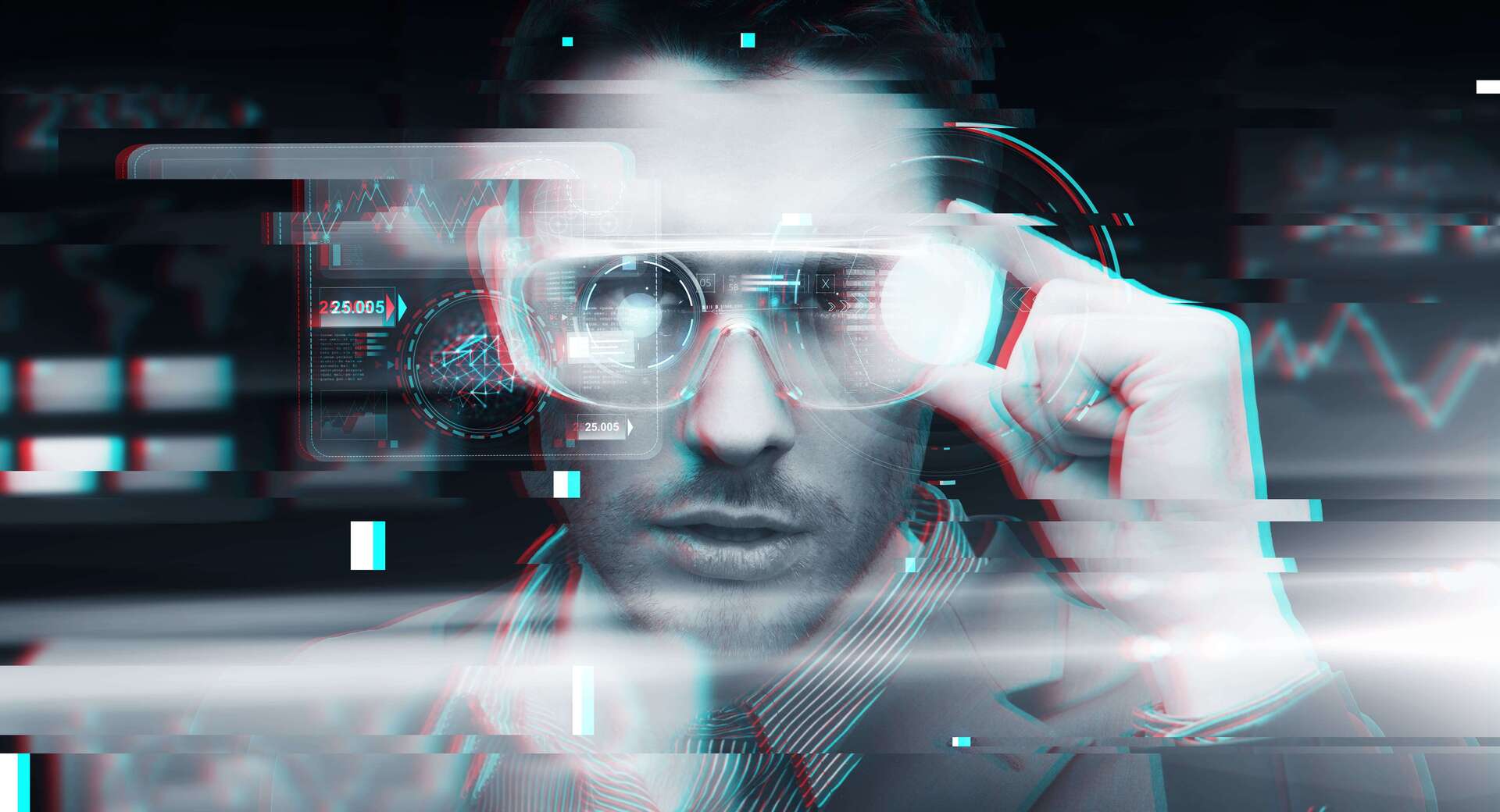
FAQ About Augmented Reality
Augmented Reality
2 years ago | gizem
How is Augmented Reality being used in the healthcare industry?
Augmented Reality (AR) has found various applications in the healthcare industry, enhancing medical training, surgical procedures, patient care, and education. Here are some notable uses of AR in healthcare:
- Medical Training and Education: AR provides immersive and interactive training environments for medical professionals. It enables them to practice simulated procedures, such as surgeries or invasive techniques, in a realistic virtual setting. AR can overlay 3D anatomical models, instructional guides, and real-time feedback, allowing trainees to acquire practical skills and knowledge.
- Surgical Planning and Visualization: AR assists surgeons in pre-operative planning by overlaying patient-specific medical images, such as CT scans or MRI data, onto the surgical field. This helps surgeons visualize anatomical structures, identify critical areas, and plan the optimal approach for complex surgeries. During procedures, AR can superimpose real-time guidance, such as navigation aids or instrument tracking, enhancing precision and reducing risks.
- Vein Visualization and Access: AR technology can aid in locating veins for blood draws, intravenous catheter insertion, or other procedures. By projecting real-time images of veins onto the patient's skin, AR helps healthcare professionals identify suitable access points, improving success rates and minimizing discomfort for patients.
- Medical Imaging Interpretation: AR can enhance the interpretation and analysis of medical images, such as X-rays, CT scans, or ultrasounds. By overlaying digital overlays, annotations, or 3D reconstructions onto the images, AR assists radiologists and clinicians in identifying abnormalities, guiding diagnoses, and providing more accurate treatment plans.
- Rehabilitation and Physical Therapy: AR-based rehabilitation applications can facilitate exercises, movements, and therapy sessions for patients. By overlaying virtual objects, visual cues, or gamified elements, AR helps patients follow prescribed rehabilitation routines, tracks their progress, and provides real-time feedback, making the therapy process more engaging and motivating.
- Telemedicine and Remote Assistance: AR can enable remote medical consultations and assistance. Healthcare professionals can use AR devices or mobile applications to share live video feeds with specialists, who can provide real-time guidance and support from a remote location. This enables quick assessment, diagnosis, and guidance in emergency situations or in areas with limited access to specialized healthcare services.
- Medical Education for Patients: AR applications can educate patients about their medical conditions, treatment plans, or surgical procedures. By visualizing complex medical concepts or demonstrating post-operative care instructions, AR empowers patients with a better understanding of their health and promotes informed decision-making.
